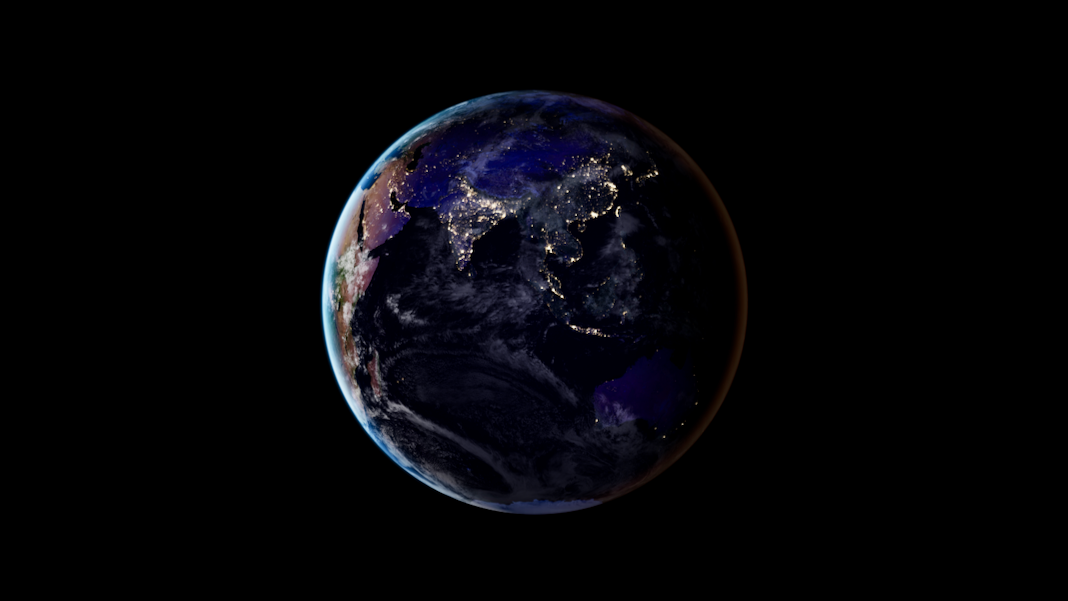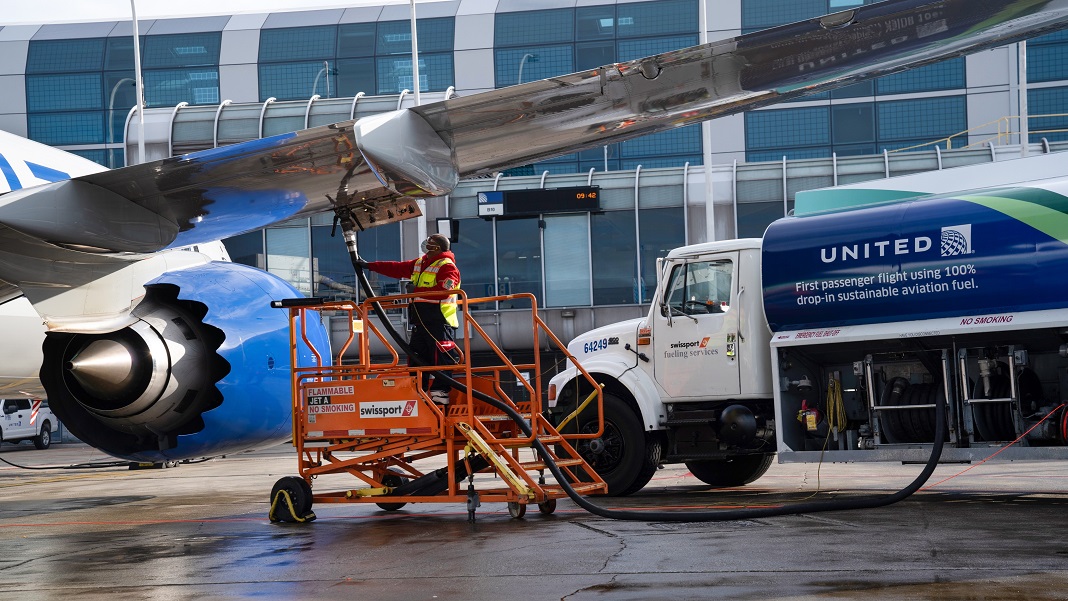virtual land is becoming as much of an investment as physical land
........ Facebook, now Meta, aims to rule the metaverse of the future, but it seems likely that people will gravitate towards platforms like Decentraland precisely because they’re not owned or controlled by a centralized authority. ....... we’re in for a future where more of the things that populate our lives start to have digital counterpartsScientists Model What Would Happen if a Mini Black Hole Punched Through the Moon The lunar surface is a record of the solar system’s violent origins. But look closely enough and we may find something even more exotic there—the cratered remains of an impact with a black hole the size of an atom, birthed in the first moments of the universe. ...... Stars orbit their galaxies much too fast given all the matter we can see. This invisible component, whose gravity can clearly be observed in stellar orbits, is called dark matter. To this day, no one knows what it is. ........ Star-sized black holes commonly form when a giant star, many times the size of our sun, exhausts its internal fuel and collapses in on itself. The star’s outer shell is blasted away in a brilliant explosion called a supernova, while the core, unable to resist gravity, implodes into a point of extreme density. Gravity becomes so strong near the center of a black hole that, beyond a threshold called the event horizon, nothing, not even light, can escape. ........ the very smallest black holes—those with masses below your average asteroid—would have evaporated by now .......... Hawking famously established that black holes radiate energy away, and given a long enough time, they disappear in a flash. But primordial black holes with slightly larger masses, yet still not much larger than atoms, would have lifespans longer than the current age of the universe and wouldn’t otherwise be detectable. ........ “They’re going at incredible speeds, 200 kilometers a second,” Caplan told New Scientist.
“It’s like a bullet punching through cotton candy.”
....... primordial black hole craters ought to be at least a meter across, within the resolution of the Lunar Reconnaissance Orbiter. ...... training a machine learning algorithm to scour orbiter images of the moon’s surface for just the right ones. ......... Even if all dark matter were explained by mini primordial black holes, Caplan and Yalinewich calculate the odds of a lunar impact at 10 percent. So, the real likelihood is lower than that.PEOPLE HAVE SOME WILD THEORIES ABOUT THE CUBE CHINA FOUND ON THE MOON “By the time Elon shows up he’ll find a Tim Hortons every two kilometers”
These Maps Reveal the Profound Progress and Peril of Modern Civilization The growing demand for energy and meat helps explain the steady rise in carbon and methane emissions. Coal-belching factories and burning forests are in turn speeding up global warming, increasing the frequency of storms, deepening food insecurity, and imperiling flood-prone cities. The interdependent nature of our biggest challenges and most promising solutions is hard to conceive.
Maps can help bring clarity to complexity.
......... Satellite images, especially when layered with additional data, offer insight into how we are changing the planet and paths to a more sustainable future. .......... In 1950, less than half of humanity had a formal education. By 2050, a century later, most of the world will have acquired at least secondary education. ......... Maps show how just a handful of countries are responsible for most emissions. In the 1980s, the US and Western Europe were the biggest culprits. Today, China releases more greenhouse gases than the US, EU, and Russia combined. There are other culprits too, including Australia, Canada, India, Japan, Mexico, and Saudi Arabia. Meanwhile,just 100 companies extract, process, sell, and use the fossil fuels behind roughly 70 percent of global emissions.
............ there are signs of real action on achieving zero carbon and zero deforestation in the coming decades ........ Investors with assets of trillions are demanding that governments speed up action on decarbonization, and not a moment too soon. ......... The sheer dimensions of today’s cities are unlike anything we’ve ever witnessed. In 1950, there were just three cities with ten million residents or more. Today, there are over 30 and another 500 cities with one million people or more. ....... Just a few hundred of them account for over two thirds of global GDP. ....... When fully recognized nation states emerged in the 17th century, less than one percent of the world lived in a city. Today, more than 55 percent of people are urban, and by 2050, the proportion will rise to almost 70 percent. Cities are exerting diplomatic overtures and forging alliances—over 300 of them—to channel their interests ......... Cities, companies, and citizens are also increasingly digitized. Today, there are over 4.6 billion active internet users, up from 3.9 billion in 2019. Over 60 percent of all inhabitants on Earth are connected to some digital device. The Covid-19 pandemic underlined the critical importance of connectivity and the fact thatdata, more than ever, is the most important strategic asset of the 21st century
. ............ The internet is the world’s digital nervous system: download and upload speeds have increased tenfold every five years since the early 1990s. ...........The internet, cloud computing, artificial intelligence, and 5G are giving rise to highly integrated networks and connected systems crisscrossing the planet.
......... almost half of jobs in the US and up to two thirds of jobs in some developing countries could be automated in the coming decades. ............ Inequality within countries and globally has increased as the wealth of the top one percent has soared, while nearly 125 million people around the world have fallen into extreme poverty (having to live with incomes of below $1.90 per day). ..........New York state alone consumes more energy than 48 countries in Africa.
......... New York consumes 392 gigawatts of electricity a day compared to just 5 gigawatts for all of Nigeria, a country of 200 million. ........... For about 150,000 years, average human life expectancy averaged between 20 and 25 years. Then something extraordinary happened. Between the 19th and 21st centuries, life expectancy almost quadrupled. This is due to better diets, medicine, reproductive health, and education. ..........How DeepMind’s AI Helped Crack Two Mathematical Puzzles That Stumped Humans for Decades
Robots Evolve Bodies and Brains Like Animals in MIT’s New AI Training Simulator
Why It’s Still a Scientific Mystery How Some Live Past 100—and How to Crack It
A Plane Powered by Cooking Oil Just Flew Across the US the global fleet of aircraft could nearly double by 2039, from 25,900 in 2019 to 49,405. .......... The flight’s fuel was made by World Energy and Virent Inc., and was composed of cooking oil and fat mixed with synthetic compounds made from the sugar in plants like corn, beets, and sugar cane. This fuel reportedly creates 80 percent less carbon emissions than regular jet fuel. ........... The existing jet fuel industry didn’t spring up overnight; it’s taken decades to reach its current state, with oil companies, airlines, aircraft makers, regulators, and others all acting as pieces of a finely-tuned machine.



